Why Hobbies and Creativity No Longer Heal Us
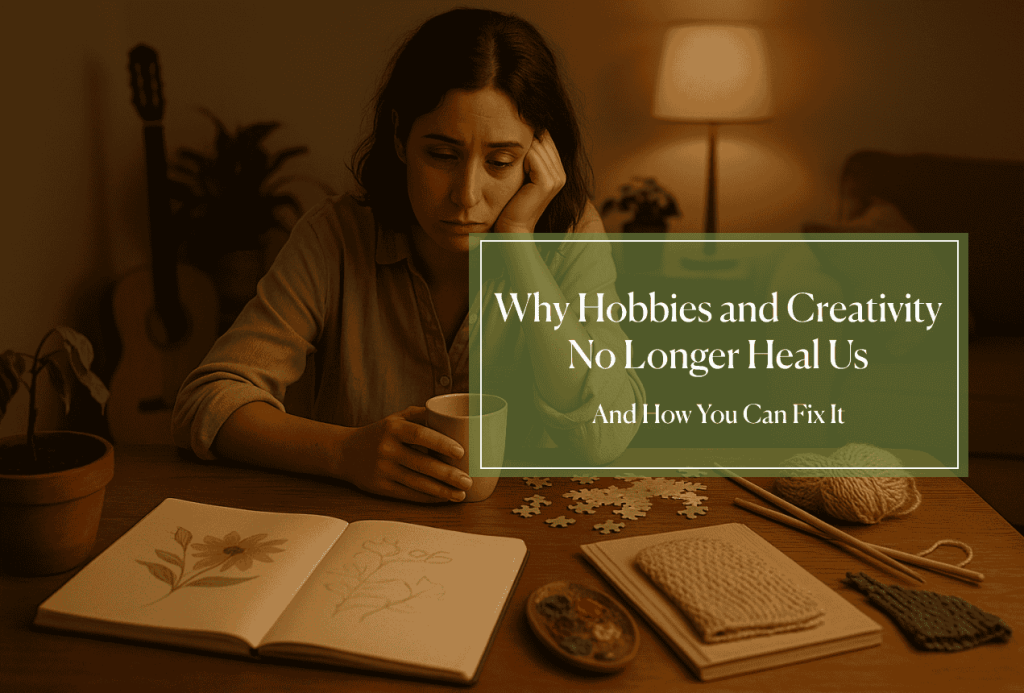
Table of Contents
Introduction
It’s 7:30 PM. You’ve wrapped up a long day and finally sit down to unwind. You scroll your phone, maybe binge a show. An hour passes—but you feel no clearer, no calmer. Just drained.
Now picture something else: your hands in the soil, a pen moving across a page, a canvas filling with color. You’re still “unwinding”—but this time, something is different. Your breath slows. Your mind settles. You feel restored.
Both are called hobbies.
But only one of them heals.
Many of today’s so-called hobbies are no longer regenerative. Many of our creative acts are no longer healing. We’ve mistaken consumption for expression. We’ve mistaken output for restoration.
And in doing so, we’ve drained the very well we once drew life from.
This article is about how we lost the restorative power of hobbies and creativity—and how to get it back.
It’s for anyone feeling creatively depleted—but especially for those in helping roles. For art therapy facilitators, holistic health practitioners, and anyone guiding others toward healing, these insights aren’t just personal—they’re professional.
Rethinking What We Call a “Hobby”
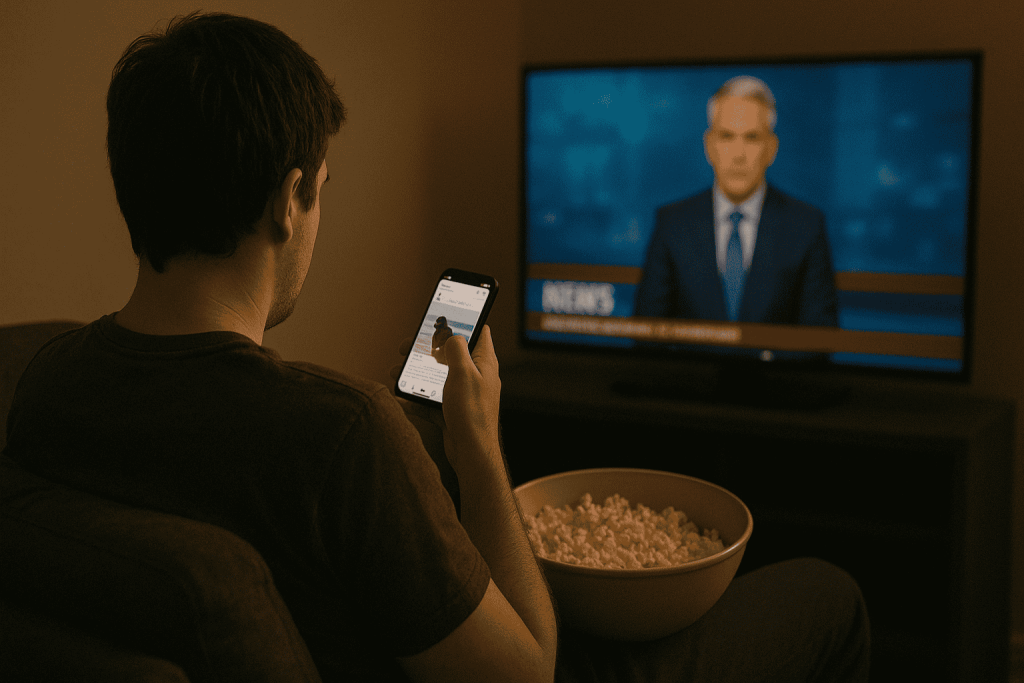
It’s a word we don’t usually question.
A “hobby” is just what we do for fun, right? A leisure activity. Something light. Casual. Optional.
It sounds so self-evident, so uncontroversial, that to even define it feels unnecessary. Of course we know what a hobby is.
But that’s exactly why we need to look again.
What we call a “hobby” today often bears little resemblance to what a hobby once was—or what it needs to be in order to restore us.
Because most people aren’t short on leisure.
They’re short on restoration.
And if we look closely at the kinds of activities people now associate with hobbies, we’ll find the real reason so many feel creatively empty, emotionally stuck, and quietly unwell.
Not All Leisure Is Healing
We live in an age saturated with stimulation but starved for restoration. Most people have something they call a hobby—something they “do to relax.” But what happens when the things we turn to for relief don’t renew us? When we confuse pleasure with healing? When we chase comfort but remain exhausted?
Think of the activities many people casually group under the word hobby today:
- Dining out.
- Gossiping with friends.
- Scrolling social media.
- Binge-watching shows.
- Playing video games for hours.
- Smoking weed or drinking—alone or with others.
- Clubbing on weekends.
- Shopping just to buy something.
- Endlessly reading or watching the news just to “stay informed.”
These activities aren’t inherently evil. Some can even be meaningful in context. But they often amount to the same thing: dopamine without depth. Stimulation without substance.
They feel good—briefly. They pass the time. But they rarely leave anything behind. They don’t process emotion. They don’t build skill. They don’t help us make meaning.
And yet we call them hobbies.
This confusion matters—because calling these patterns “self-care” gives them a therapeutic halo. We convince ourselves we’re recharging, when really, we’re just sedating. Soothing the nervous system without supporting it. Feeding the appetite without nourishing the self.
They’re not decompression.
They’re dissociation.
Creation Is What Makes It a Real Hobby
If a hobby is going to restore us—not just distract us—it has to be productive.
Not in the capitalistic sense. Not in the sense of monetization, deadlines, or optimization.
But in the deeper sense of edification.
A real hobby develops something in us: skill, insight, presence, patience, care. And ideally, it leaves behind something of value—something we can share, admire, or grow from.
That’s where creativity comes in.
Because the most reliable way to know a hobby is productive—truly regenerative—is that it produces something.
A sketch. A loaf of bread. A handmade scarf. A garden in bloom. A home-cooked meal. A poem scribbled before bed.
Even when the outcome is private, it’s still real. Something moved through you and took shape. Thought became form. Feeling became rhythm. Time became presence.
That’s what separates hobby from mere consumption. It builds us—while simultaneously building something we can see, touch, or offer.
And this distinction isn’t trivial. It’s foundational to our health.
This isn’t just semantics. It’s fundamental to our health.
What Are Your “Hobbies” Actually Doing?
When we misclassify distractions as hobbies, we don’t just waste time.
We rob creativity of its power—and ourselves of its benefits.
We mistake soothing for restoration.
And we convince ourselves we’re healing, when we’re only coping.
So ask yourself plainly:
Are your hobbies healing you—or just helping you get by?
Are they building you—or simply buffering the stress?
What if we stopped treating hobbies as filler, and started treating them as fuel?
Not entertainment.
But nourishment.
This is why language matters—why naming matters.
This is why reclaiming the word hobby—and everything it should imply—matters.
Because if we want to recover what hobbies were meant to be, we can’t start with tools or techniques. We have to start with meaning.
And if hobbies are going to be healing, we need to go deeper than diversion.
We need to reclaim creativity—not as a talent for the few, but as a birthright for all.
Reclaiming Creativity and Art: Not Just for “Artists”
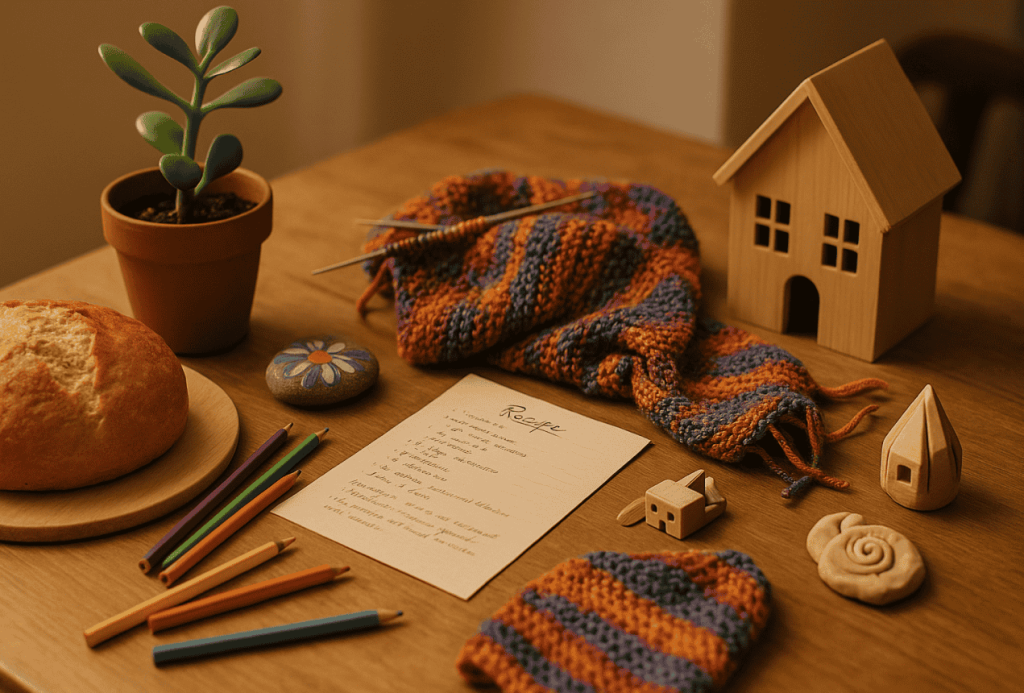
Ask most people if they consider themselves creative, and they’ll hesitate. “Not really,” they might say. “I can’t draw.” Or, “I used to write poems, but I’m not an artist.”
But creativity, in its truest sense, has nothing to do with talent, galleries, or critique. It’s not a career path. It’s a basic function of the human being.
Art happens when something inside you takes form outside you. When emotion becomes rhythm, thought becomes image, experience becomes gesture. It’s what humans do—what we’ve always done—to process life and participate in it more fully.
You don’t need a brush, a canvas, or a trained hand. Creativity is present in gardening, cooking, decorating, dancing, designing, composing, crafting, storytelling—anywhere intention meets imagination.
Everyday Creativity Is Still Creativity
We’ve been conditioned to reserve the label “creative” for professionals—people with training, visibility, or acclaim. But creativity isn’t about audience or outcome. It’s about engagement.
When you sketch a rough idea, write a private poem, decorate a space with care, or cook something from intuition, you’re creating.
These acts are no less powerful because they happen at home, in silence, or without polish. In fact, they’re often more powerful—because they arise freely, unpressured by performance, and rooted in presence.
The tragedy isn’t that people have stopped creating. It’s that they’ve stopped recognizing what they do as creative—and have forfeited the identity that comes with it.
We Judge Too Much and Feel Too Little
One of the greatest barriers to creativity is judgment—especially the kind that measures worth by surface aesthetics or market value. When we evaluate creative acts by how they look, we ignore what they do.
A child’s drawing, a lovingly prepared meal, a hand-built bench—none may be “refined,” but all are rich with presence, care, and transformation. These are the qualities that regulate us. That return us to our bodies. That restore coherence in our nervous system.
The real question isn’t, “Is this good art?”
It’s, “Did something move through you when you made it?”
Creation Is Participation in Life
At its core, creativity is not decorative. It’s participatory. It’s how we respond to the raw material of our lives—shaping it, making sense of it, and giving it form.
Every creative act is also an act of alignment: with self, with environment, with something deeper than either. That’s why it matters—not just culturally, but biologically.
Research backs this up. Psychologist Mihaly Csikszentmihalyi’s studies on flow show that creative engagement reduces stress, enhances emotional regulation, and restores focus. The nervous system doesn’t just tolerate creativity—it thrives on it.
Creativity Is a Core Function of Health
When we stop creating, we start fragmenting. Because creativity doesn’t just engage the mind. It integrates it with the heart, the body, the breath, and the spirit.
Research shows that creative expression supports emotional regulation and mental resilience, helping restore balance to the nervous system and overall well-being.
It connects what’s inner with what becomes outer.
And in that sense, creativity is not a luxury. It’s not extracurricular. It’s not even “optional.”
It is a basic condition for human coherence.
So the question isn’t whether you’re creative.
The question is whether you’re claiming it—and using it to return to yourself.
Creativity Under Pressure: The Hobby vs. Profession Dilemma
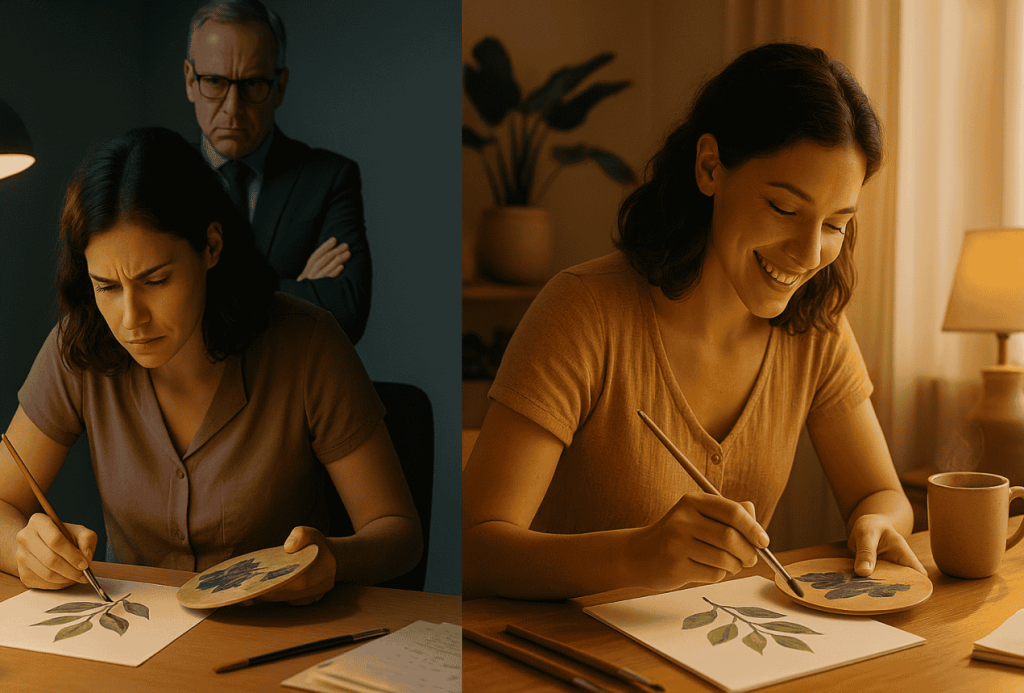
If creativity is just the meeting of intention and imagination, shouldn’t professional work count?
Shouldn’t designing, writing, coding, teaching—be just as restorative as painting or gardening?
In theory, maybe.
In practice, not really.
Because when creativity becomes a condition for survival—when it’s tied to deadlines, deliverables, or income—it changes.
It stops being regenerative.
1. Obligation Disrupts Restoration
Hobby creativity is self-directed. It’s free from judgment, done for joy or exploration.
Professional creativity, even when fulfilling, is rarely free. It’s shaped by pressure—clients, timelines, metrics, money.
And the body feels that difference.
2. Your Nervous System Registers the Context
It’s not just what you do. It’s why and for whom.
The same creative act—done under stress or done for pleasure—has radically different effects on the body. As shown in Harvard research on creativity under pressure, even highly motivated professionals produce their best creative work not under tight deadlines—but when they feel free, supported, and unhurried.
Designing a brand under pressure tightens the nervous system.
Painting quietly, alone, calms it.
3. The Overlap Is Possible—But Rare
Some manage to blend professional and personal creativity. But it takes real boundaries:
- Creating outside the market
- Protecting space for play
- Saying no to performance, even when you’re good at it
Without this, even your greatest talent can become your deepest drain.
4. Creativity Is a Finite Resource
Creativity burns fast under pressure.
The modern economy rewards creativity while erasing everything else. So most people spend their entire creative reserve at work—leaving nothing for themselves.
The result?
A world full of “creative” jobs—and creatively starved people.
When the Well Runs Dry
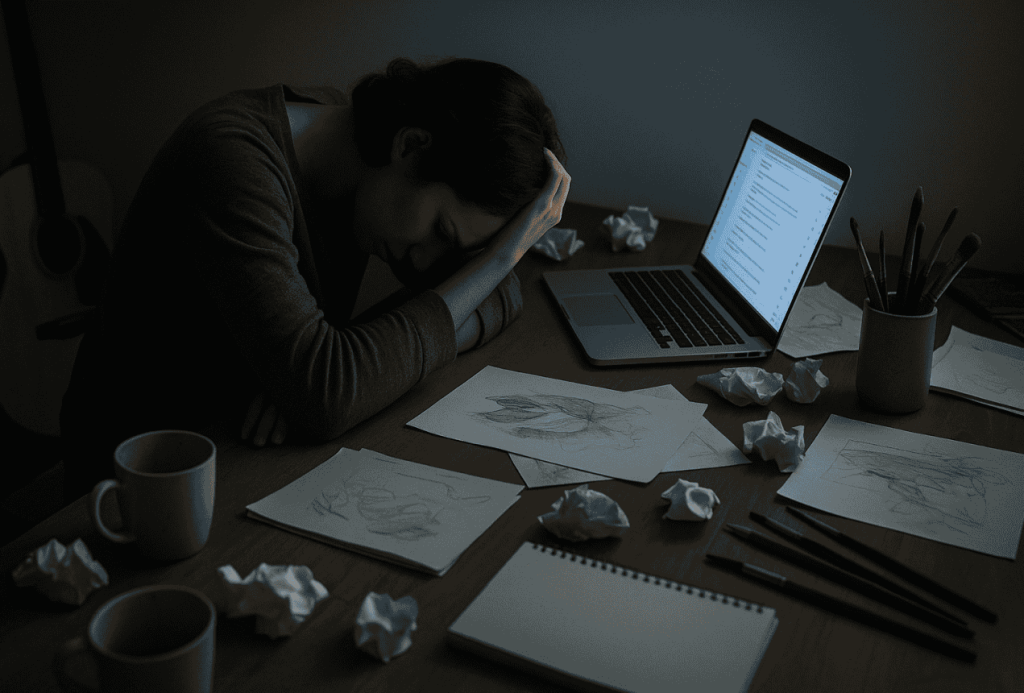
This isn’t just theory—it’s a pattern we’ve seen a thousand times.
The industrial music scene is full of artists who started out ablaze with vision, voice, and vitality. But once their creativity was funneled into market cycles, label demands, streaming metrics, and endless touring, something changed. The spark dimmed. The work became stale. And the very art they once lived for began to suffocate them. What was once a source of meaning turned into a mechanism of survival. They lost their voice—and eventually, their will.
But that’s just the obvious example.
Think of all the other professions that demand constant creative output and return little to the soul of the artist—chefs, copywriters, entrepreneurs, designers, defense lawyers, teachers. The ones we don’t think of as artists, but whose work is creativity. It takes so much of their life force—and what they receive in return is not nourishment, but money.
And sometimes, the money makes it worse.
Because deep down, they know what they’re selling. Their energy. Their insight. Their imagination. Not in service of truth, or beauty, or meaning—but to feed a machine. The money doesn’t redeem the exhaustion. It deepens it. It becomes a quiet kind of blood money—a profit made from the slow debasement of the soul.
They give everything to clients, to deadlines, to metrics, to market demands. And what they get back is rarely gratitude. Often, it’s just more extraction.
Eventually, there’s nothing left of them.
Just a resentful husk.
It’s not that the employer or the audience is inherently parasitic. Most begin with good intentions. But when the relationship is extractive—when art is demanded rather than received, when output is scheduled, scaled, and measured—the dynamic itself becomes vampiric.
What could have been an offering becomes a harvest. What was meant to be offered and received is instead taken or extracted. Even the most well-meaning clients and employers can become leeches in a system has become devouring.
Because that’s the difference between being witnessed—and being consumed.
We see more and more people now dreaming of making their money early and retiring young—not for leisure, but for liberation. So they can finally create for themselves. Not for employers. Not for audiences. Because after a while, the audience isn’t nourished either. When the art is no longer real, when the soul has gone out of it, no one is fed.
When there’s no more authenticity—when all that’s left is pith in a fruit that’s been thoroughly squeezed—there is no sweetness left to offer.
No sugar to nourish.
Just poison—upon which not even parasites can be nourished.
But Creative Labor Doesn’t NEED to Drain You—It Can Empower You
And yet, here’s the paradox.
The same professional work that drains the artist can also sustain them. Patronage—whether through clients, employers, or audiences—can make it possible to dedicate time and energy to the very work that might otherwise be inaccessible. In many cases, it funds the tools, the training, and the time.
And even when the relationship is transactional, it isn’t always extractive.
A patron may commission, direct, or constrain—but if they share your vision, respect your autonomy, and protect your integrity, then the exchange becomes something rare and precious. It becomes creative alignment. It becomes nourishment.
What’s more: when your work is created for an audience of your choosing—not diluted by algorithmic demands or hijacked by cultural gatekeepers and critics—then even the transaction can feel like devotion.
This is the creative ideal. A life where the work is paid for, protected, and deeply yours. It’s a unicorn. Most artists only encounter it once, if ever.
But that doesn’t make it a myth.
We shouldn’t expect every horse to be a unicorn—but neither should we be so jaded as to mistake a unicorn for a fraud when we’re lucky enough to find one.
And this is what deepens the dilemma.
Because the same professional context that depletes the artist may also be what funds their growth—what gives them access to time, tools, and space to develop their craft.
The same work that erodes them might also be sharpening their tools. The same audience that drains them might be preparing them for something more true.
So what do we do with this?
How do We Resolve This Dilemma?
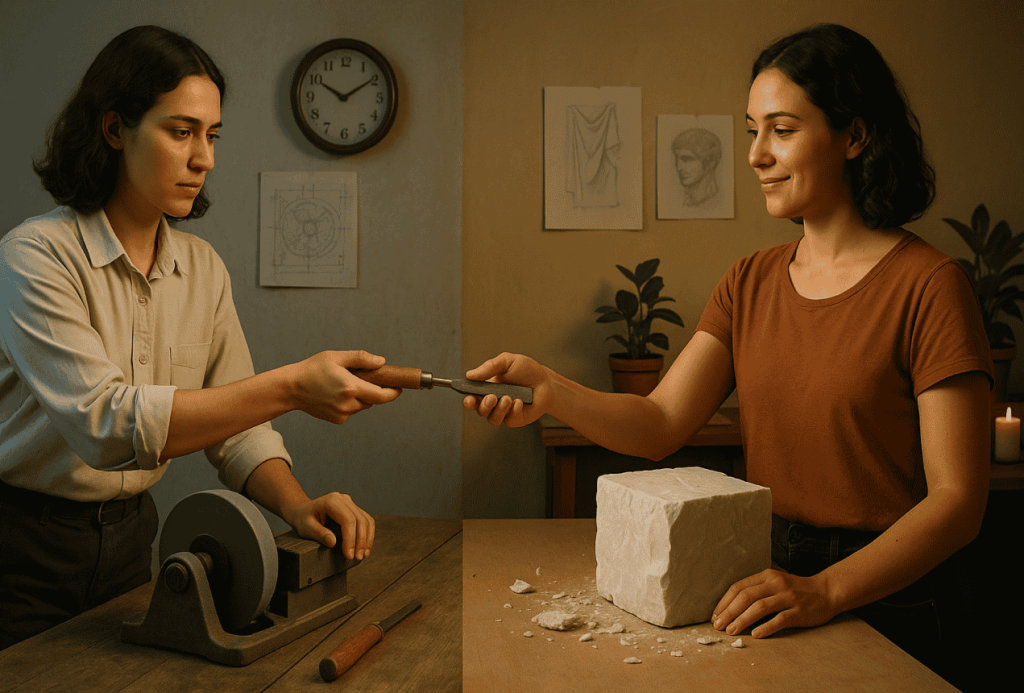
We don’t need to quit our jobs to reclaim our creativity.
But we do need to reframe how we relate to them.
If your creative work is your livelihood, it cannot also be your sanctuary. Not fully. Not without distortion. But it can become something else—something useful, even sacred—in a different way.
You can treat your professional creativity as training.
Let it sharpen your discipline. Let it refine your technique. Let it build the muscle that will one day lift something that matters.
And let your true creative voice speak elsewhere—in spaces not shaped by survival, performance, or profit.
The key is knowing what’s for the market—and what’s for you.
What’s for practice, and what’s for real.
What’s for sharpening your tools, and what’s the marble block that will become your David.
Reframing doesn’t mean devaluing your job. It means protecting your soul. It means making sure what you do to feed your body also feeds your art.
This is where the resolution begins.
Not by choosing one path over the other—but by connecting them. By making your paid work serve your personal work. By letting your professional creativity make you better at what you do for love.
Create More Leisurely—Leisure More Creatively
We’ve seen that not all hobbies heal—and not all creativity restores. The solution isn’t to escape work or chase pleasure. It’s to reclaim creativity as regeneration, and leisure as quiet participation in something that builds us.
But for many clients—especially those burned out by creative professions—you can’t start with creativity. The nervous system is too taxed. The soul too extracted.
That’s where the Art Therapy Practitioner steps in—not just to assign art, but to guide the return to expression.
It happens in phases:
1. Regulate Without Output
Begin with modalities that soothe without requiring self-expression: sound therapy, cold exposure, time in nature. The goal is physiological and emotional softening—without the burden of performance.
2. Restore Through Gentle Productivity
Once the system is calmer, introduce quietly constructive activities—gardening, organizing, crafting, cooking. These build rhythm, focus, and a sense of agency without artistic pressure.
3. Reframe the Professional Work
Rather than asking clients to quit their creative jobs, help them shift how they approach them. Let the professional work become technical training—not soul offering. Let them keep the depth for those who can truly receive it. What they do for money should make them better at what they do for meaning.
4. Reclaim Creativity as Sacred Practice
Now, reintroduce creative expression—not for product, not for profit—but for restoration. For reconnection, and meaning. For the slow rebuilding of identity on their own terms.
This is what a truly integrative Art Therapy Practitioner makes possible.
Not just art for coping.
Art as a path back to the self.
Whether you’re an art therapy facilitator expanding your scope, or a holistic health practitioner deepening your range—this next step is about integration.
What This Means for the Holistic Health Practitioner
If you’re a holistic health practitioner, you already know that healing isn’t just about fixing symptoms—it’s about restoring coherence across the whole person. Physical. Emotional. Energetic. Spiritual.
And as this article has explored, creativity is not a side note in that picture. It’s central.
Because today’s clients aren’t suffering from a lack of creativity. They’re suffering from creative captivity—a condition where their creative impulse is constantly spent and subverted in service of survival, distraction, and performance. They’re drained by the very thing that once brought them joy. And their nervous systems are paying the price.
This means your work isn’t just about regulating and balancing hormones and neurochemistry.
It’s about helping people reclaim their creativity as something sacred, expressive, and healing.
To do that well, you need more than siloed physiology or psychology,—you need fluency in the full ecology of the human being. You need to understand how expression heals, how captivity wounds, and how creative rituals can restore coherence where no protocol ever could.
And that’s why integration matters.
Because while art therapy practitioners may have long held the keys to creative expression, they too must expand—moving beyond the narrow frame of interpretation or diagnosis, and stepping fully into the role of facilitators of restoration.
Together, the art therapy facilitator and the holistic health practitioner can offer something few others can: a path that frees both the body and the voice.
A path that not only helps clients function—but helps them feel alive again.
If this vision speaks to you—if you’re ready to practice more integratively, and support the full healing intelligence of the human being—our training programs are here to help.
Explore the Holistic Health Practitioner Certification Course
Learn to think like a systems-oriented healer. Integrate physical, emotional, and expressive tools into your work, and build a practice grounded in whole-person care.
Explore the Art Therapy Practitioner Certification Course
Discover how to facilitate safe, consistent, and meaningful creative expression—even without a clinical background. Learn how to help others create not for perfection, but for healing.
Or expand your scope with both, and build a truly integrative path:
The Therapeutic Art Practitioner Bundle
Includes: Art Therapy + Holistic Health + Sound Therapy.
A blueprint for creative, expressive, and restorative care.
Because the future of healing isn’t more compartments.
It’s integration. Inside the same session. The same practice.
And often—inside the same practitioner.


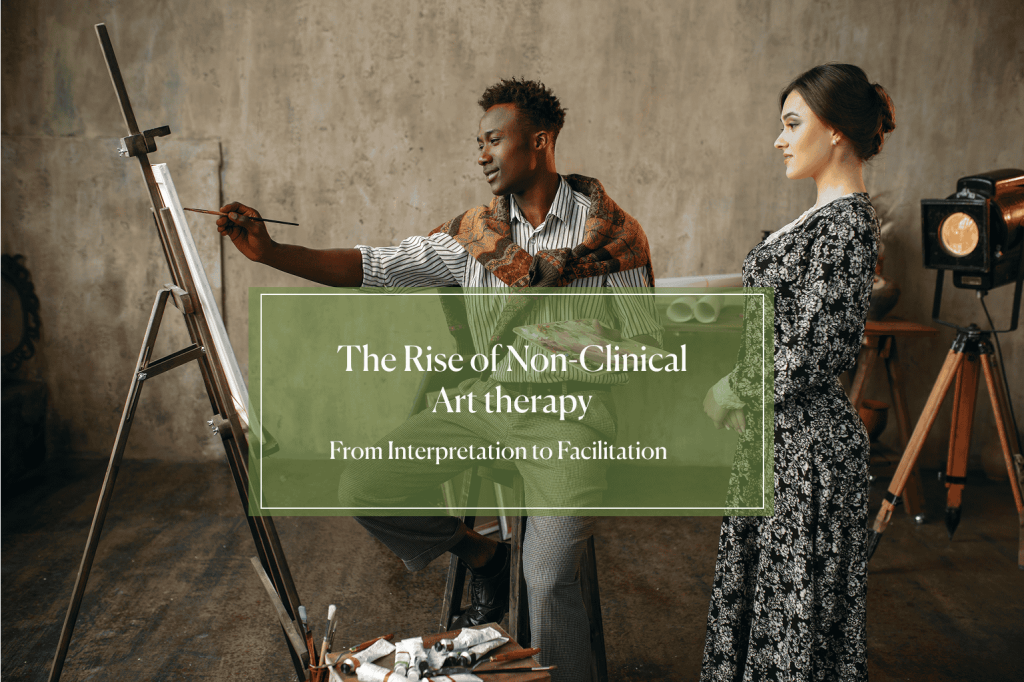
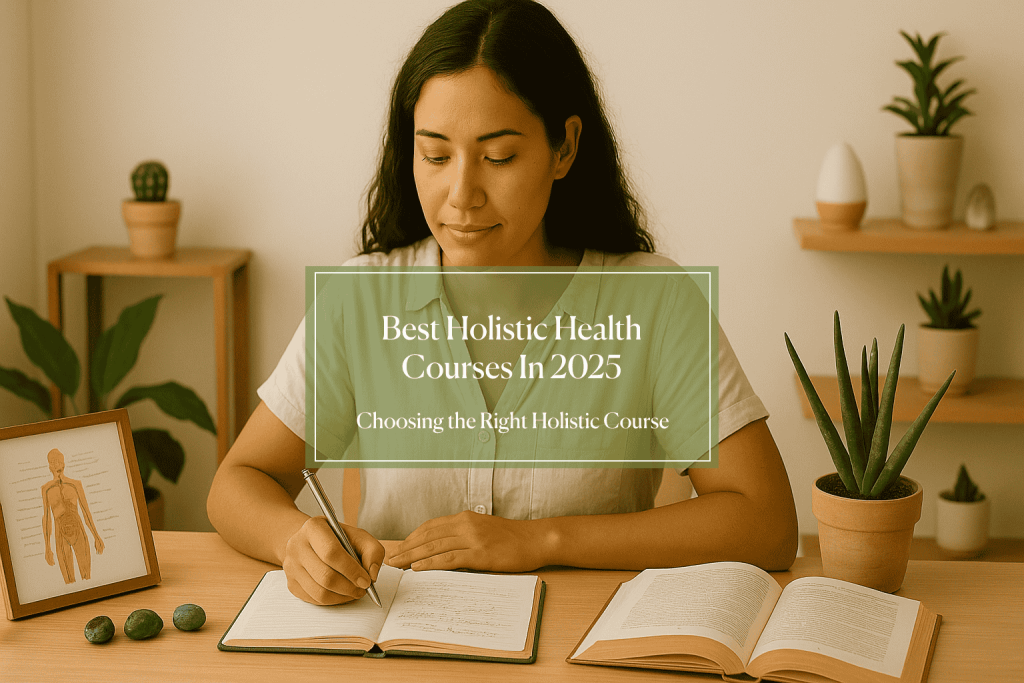

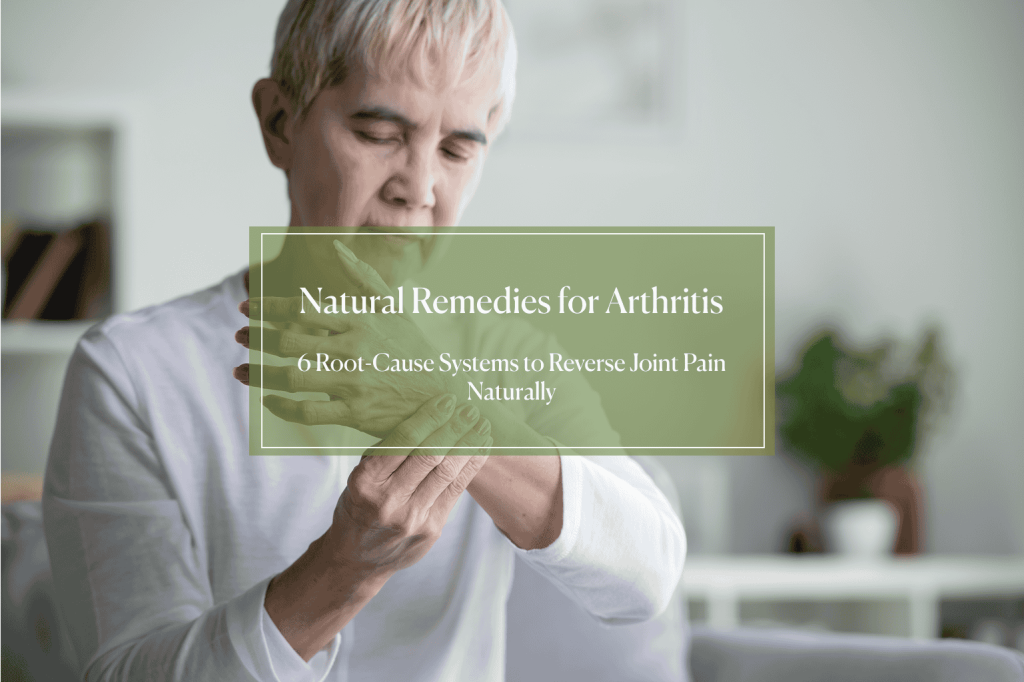

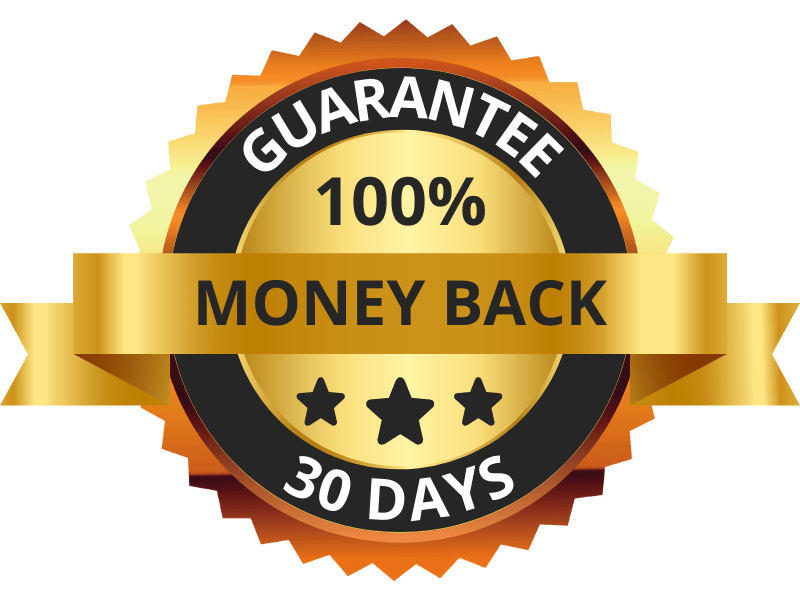
Responses